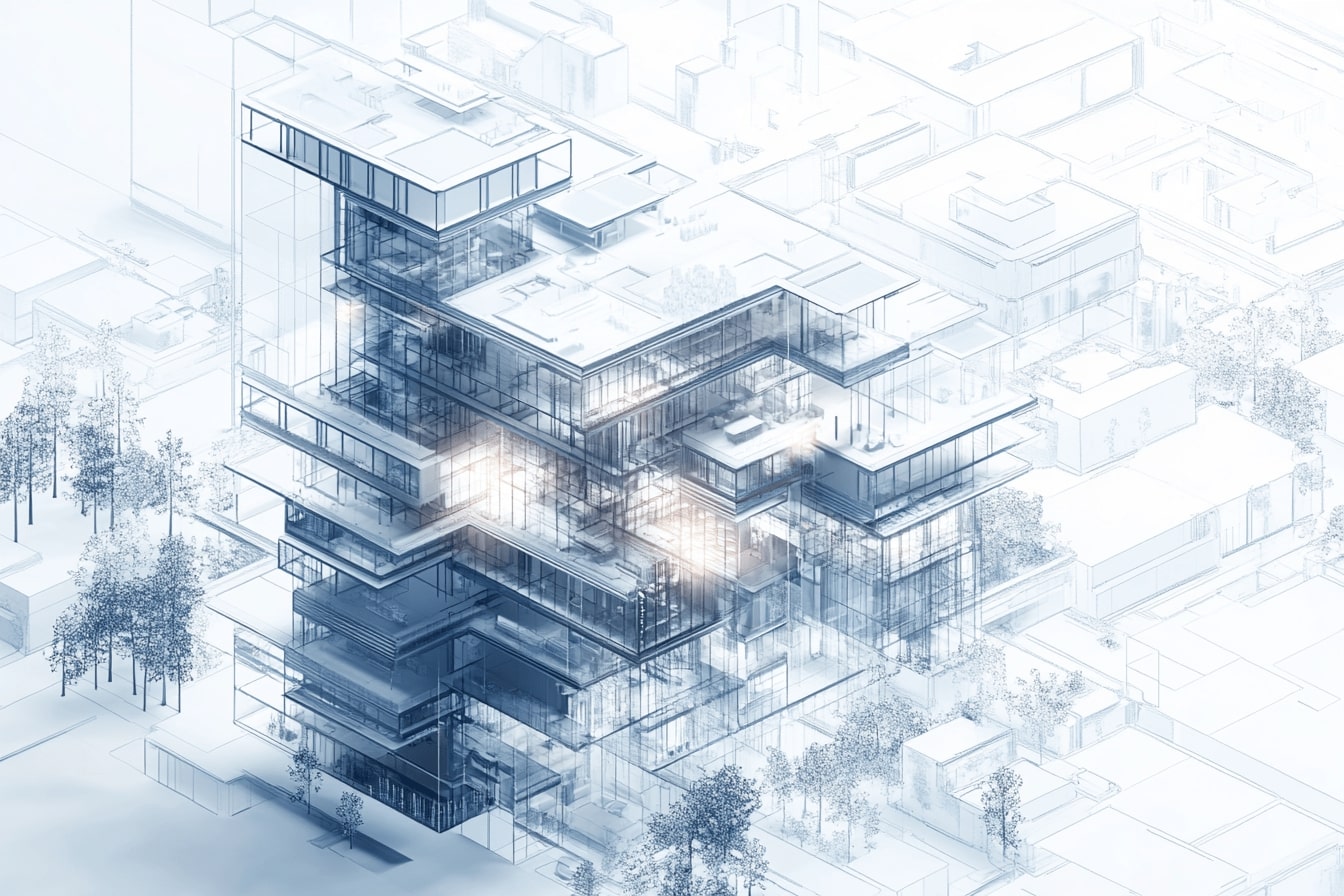- Home
- Articles
- Architectural Portfolio
- Architectral Presentation
- Inspirational Stories
- Architecture News
- Visualization
- BIM Industry
- Facade Design
- Parametric Design
- Career
- Landscape Architecture
- Construction
- Artificial Intelligence
- Sketching
- Design Softwares
- Diagrams
- Writing
- Architectural Tips
- Sustainability
- Courses
- Concept
- Technology
- History & Heritage
- Future of Architecture
- Guides & How-To
- Art & Culture
- Projects
- Interior Design
- Competitions
- Jobs
- Store
- Tools
- More
- Home
- Articles
- Architectural Portfolio
- Architectral Presentation
- Inspirational Stories
- Architecture News
- Visualization
- BIM Industry
- Facade Design
- Parametric Design
- Career
- Landscape Architecture
- Construction
- Artificial Intelligence
- Sketching
- Design Softwares
- Diagrams
- Writing
- Architectural Tips
- Sustainability
- Courses
- Concept
- Technology
- History & Heritage
- Future of Architecture
- Guides & How-To
- Art & Culture
- Projects
- Interior Design
- Competitions
- Jobs
- Store
- Tools
- More
Sheds as Sustainable Storage Solutions in Eco-Friendly Architecture

The world is in the midst of an environmental shift. Green building practices are not just a trend but a necessity as we grapple with climate change and resource depletion. Sustainable architecture strives to harmonize the built environment with nature, minimizing energy consumption, and reducing the carbon footprint of our structures. Sheds, often considered modest buildings, have emerged as key elements within this movement.
These unassuming structures are becoming symbols of efficiency and versatility, playing an essential role in eco-friendly architecture. Companies like Wide Span Sheds have been at the forefront of this shift, offering innovative and sustainable storage solutions that align with green building practices.

Sheds as Multifunctional Storage Solutions
Sheds are no longer merely backyard storage units for gardening tools. Their versatility has expanded far beyond their traditional roles, providing space for workshops, home offices, and even eco-friendly living quarters. Whether it’s a space to store bicycles or a small studio for artistic endeavors, sheds are embracing multifunctionality. This adaptability makes them a sustainable storage solution that meets the evolving demands of modern living.
Eco-Friendly Materials in Shed Construction
Sustainable sheds are only as green as the materials used to build them. Recycled timber and bamboo offer renewable alternatives to traditional wood, reducing the demand for logging and preserving forest ecosystems. Metal sheds, while durable, must be crafted from recycled metals to minimize their environmental footprint. In regions abundant with natural stone or earth materials, these can be utilized to create sturdy, thermally efficient sheds that blend seamlessly with the surrounding landscape.
Energy Efficiency in Shed Design
Insulation is crucial for making sheds energy-efficient. Natural wool, cork, or even hemp insulation can keep the shed cool in summer and warm in winter, reducing the need for artificial heating and cooling. Solar panels on the shed roof can further enhance sustainability by harnessing renewable energy to power the building’s lighting, electronics, and even heating. Passive design, which optimizes natural light and ventilation, can also be incorporated into shed architecture, reducing energy dependence even further.
Wide Span Sheds: Pioneering Sustainable Storage Solutions
Wide Span Sheds is a leader in the design and construction of customizable, eco-friendly sheds that meet the diverse needs of homeowners, businesses, and farms. Specializing in creating large, durable structures, the company offers a wide range of customizable options, ensuring that each shed is tailored to its specific use and environment.

Whether you need a storage shed, a workspace, or a multifunctional building, Wide Span Sheds provides the flexibility to design structures according to your unique requirements.
Their customization services allow clients to choose everything from the size and layout to the materials and energy-efficient features. From eco-conscious materials like recycled metal or timber to sustainable features such as solar panel integration and advanced insulation, Wide Span Sheds ensures that every shed is not only functional but also environmentally responsible.
Green Roofs and Walls for Sheds
Green roofs, or living roofs, provide insulation while promoting biodiversity by creating habitats for local wildlife. These roofs can regulate internal temperatures, reducing the need for heating or air conditioning. Vertical gardens, also known as living walls, serve a similar purpose while transforming the external aesthetics of the shed into something that feels like a natural extension of the environment. These elements enhance the overall eco-friendliness of the structure while offering visual appeal.
Water Conservation and Sheds
Incorporating water conservation methods into sheds is an often overlooked but essential aspect of sustainable design. Rainwater harvesting systems can capture runoff from the shed’s roof, storing it for future use in gardening or other non-potable applications. For even greater water efficiency, greywater recycling systems can be integrated into the shed’s plumbing, reducing water waste and making the shed an eco-friendly addition to any property.
Sheds and Climate Adaptation
As climate change intensifies, sheds must be designed to withstand extreme weather conditions. Designing for climate resilience means incorporating strong, sustainable materials that can endure storms, floods, or excessive heat. Ventilation systems that facilitate natural airflow without the need for energy-intensive fans or air conditioners are crucial for ensuring that sheds remain comfortable and sustainable in any climate.
Modular Sheds: Flexibility in Sustainable Design
Modular sheds represent a breakthrough in flexible, sustainable design. These sheds can be expanded or reconfigured to meet changing needs, without requiring the demolition of existing structures. Prefabricated modular sheds, constructed off-site and then assembled on location, minimize waste and reduce the overall carbon footprint, making them a sustainable choice for eco-conscious homeowners.
Cost-Effective Sustainability
Eco-friendly sheds need not come with a hefty price tag. Budget-conscious builders can opt for recycled or repurposed materials, such as reclaimed wood, which not only reduces environmental impact but also cuts costs. In the long run, energy-efficient features like insulation and solar panels can lead to significant savings by reducing utility bills, making sustainable sheds a wise financial investment.
Sheds as an Integral Part of Urban Sustainability
In urban environments, sheds can play a pivotal role in creating green spaces and fostering sustainable communities. Urban gardens, powered by shared sheds, provide residents with access to fresh produce while reducing their environmental footprint. Community sheds can also serve as shared spaces for storing tools, equipment, or other resources, promoting a culture of sustainability and collaboration in dense urban settings.
The Aesthetic Appeal of Sustainable Sheds
Beyond their functionality, sustainable sheds can enhance the aesthetic value of a property. With the right design, sheds can blend seamlessly into natural landscapes or stand out as architectural highlights. Whether through the use of natural materials, modern design elements, or thoughtful placement within a garden, sheds offer endless opportunities for customization, allowing homeowners to align their environmental and aesthetic goals.
Durability and Longevity in Sustainable Shed Design
Durability is a crucial factor in sustainability. Sheds made from long-lasting, low-maintenance materials, such as treated wood, metal alloys, or stone, reduce the need for frequent repairs or replacements. This not only saves resources but also lowers the overall environmental impact of the shed over its lifespan. A shed built to last ensures that its sustainable features remain effective for decades.

The Future of Sustainable Sheds
As technology evolves, so too will the design of sustainable sheds. Innovations such as smart energy systems, advanced insulation materials, and sustainable construction methods will likely become more common. Additionally, as the circular economy gains traction, sheds will increasingly be designed with reusability in mind, ensuring that they can be disassembled, repurposed, or recycled at the end of their life cycle.
Conclusion
Sheds, once relegated to the background of architectural design, are emerging as central components in the movement toward sustainable living. They offer a blend of practicality, versatility, and environmental responsibility that aligns with the goals of eco-friendly architecture. Whether large-scale wide-span sheds or smaller, multifunctional units, the future of sheds looks bright as they continue to play an integral role in sustainable development.
illustrarch is your daily dose of architecture. Leading community designed for all lovers of illustration and #drawing.
Submit your architectural projects
Follow these steps for submission your project. Submission FormLatest Posts
Top Architecture Magazines Every Architect Should Read Today
Architecture magazines remain vital platforms for critical thought, cultural reflection, and professional...
Using Textured Concrete to Achieve Wood Aesthetics in Architectural Hardscaping
In contemporary landscape and architectural design, material expression plays a crucial role...
Pedestrian Accidents Without a Crosswalk: Can You Still Recover Compensation?
Getting hit while crossing outside a crosswalk can feel like an instant...
8 Examples of Successful Disaster Resilient Architecture
As climate risks increase, architects around the world are creating innovative structures...












Leave a comment